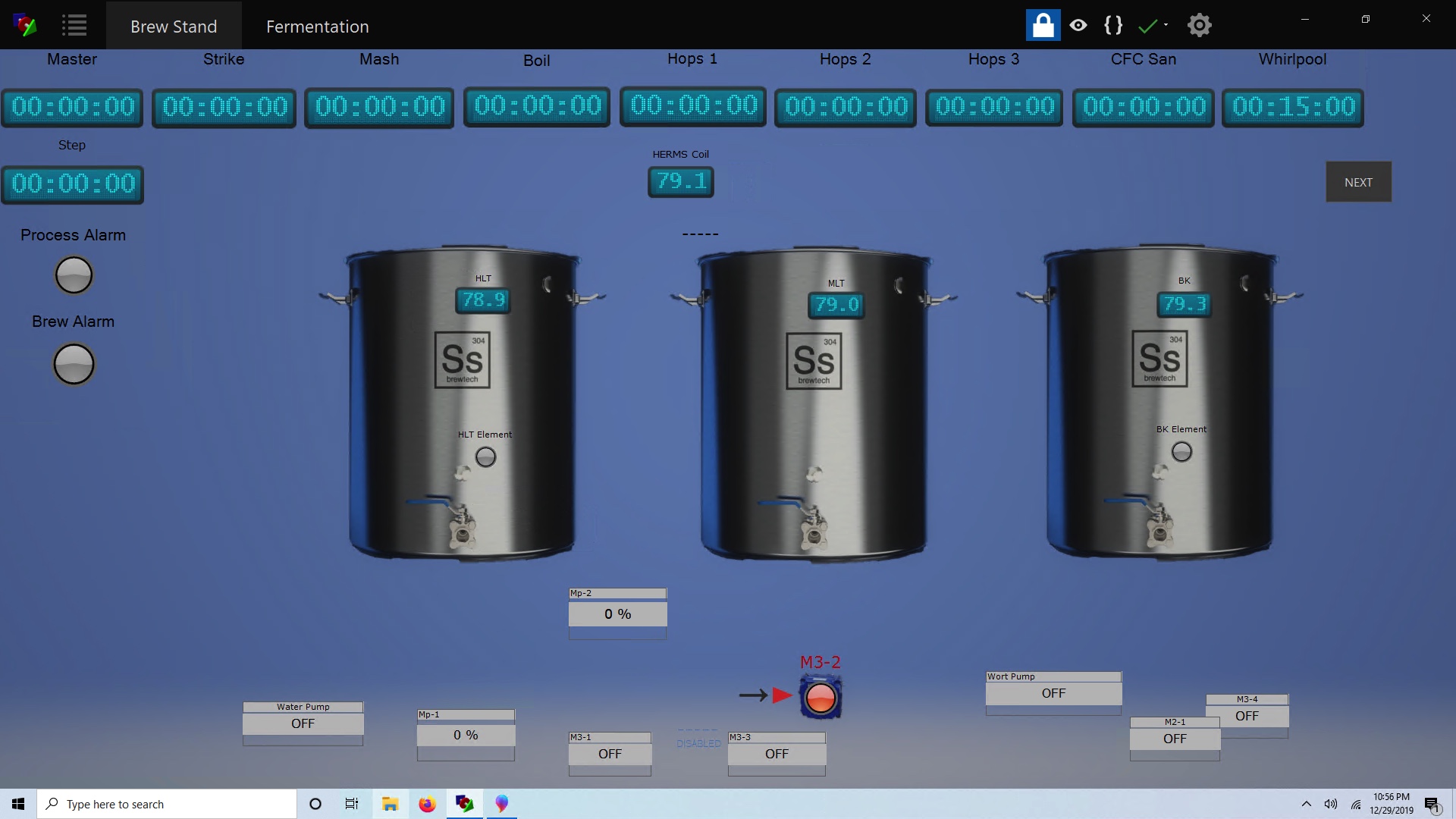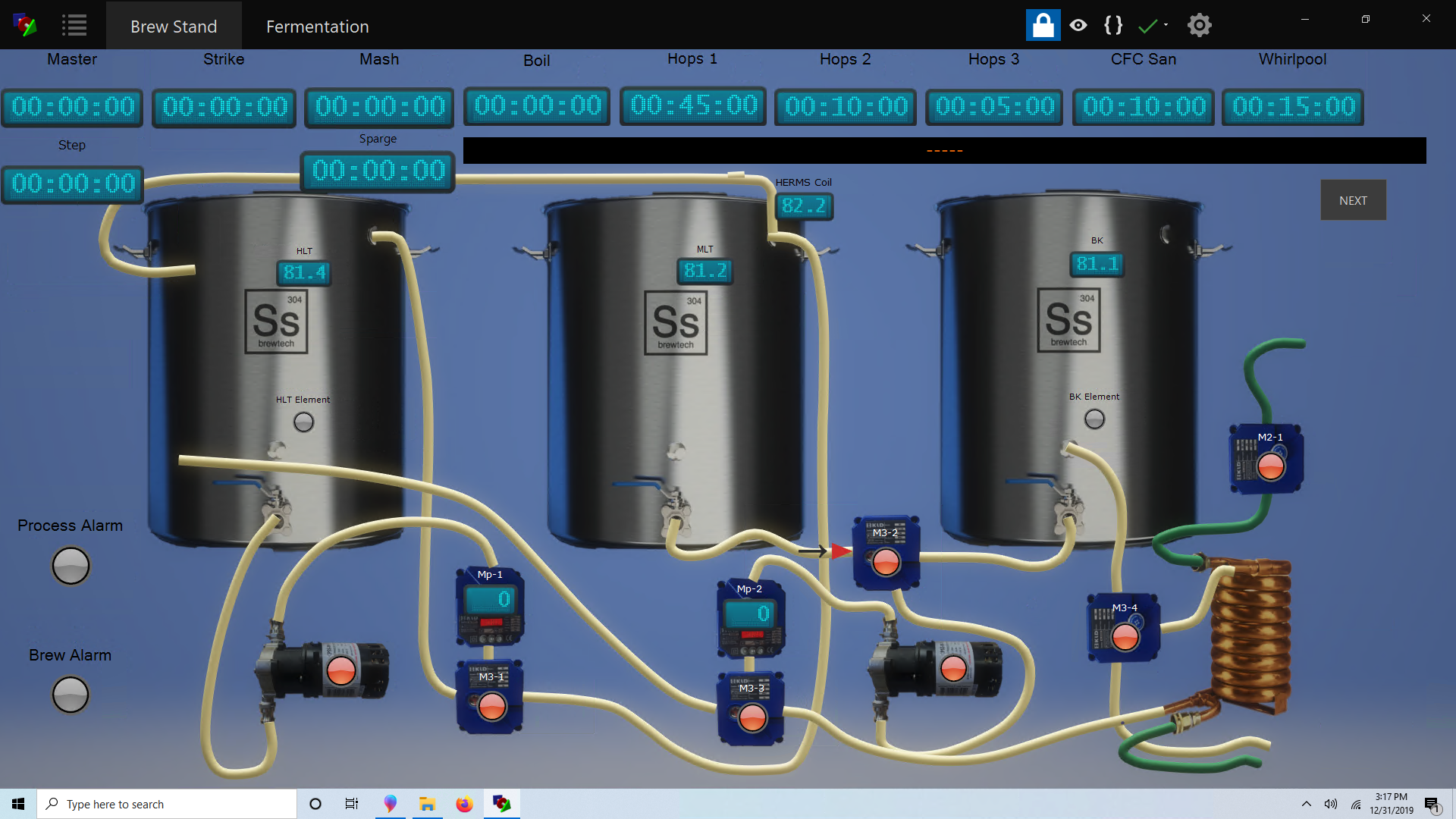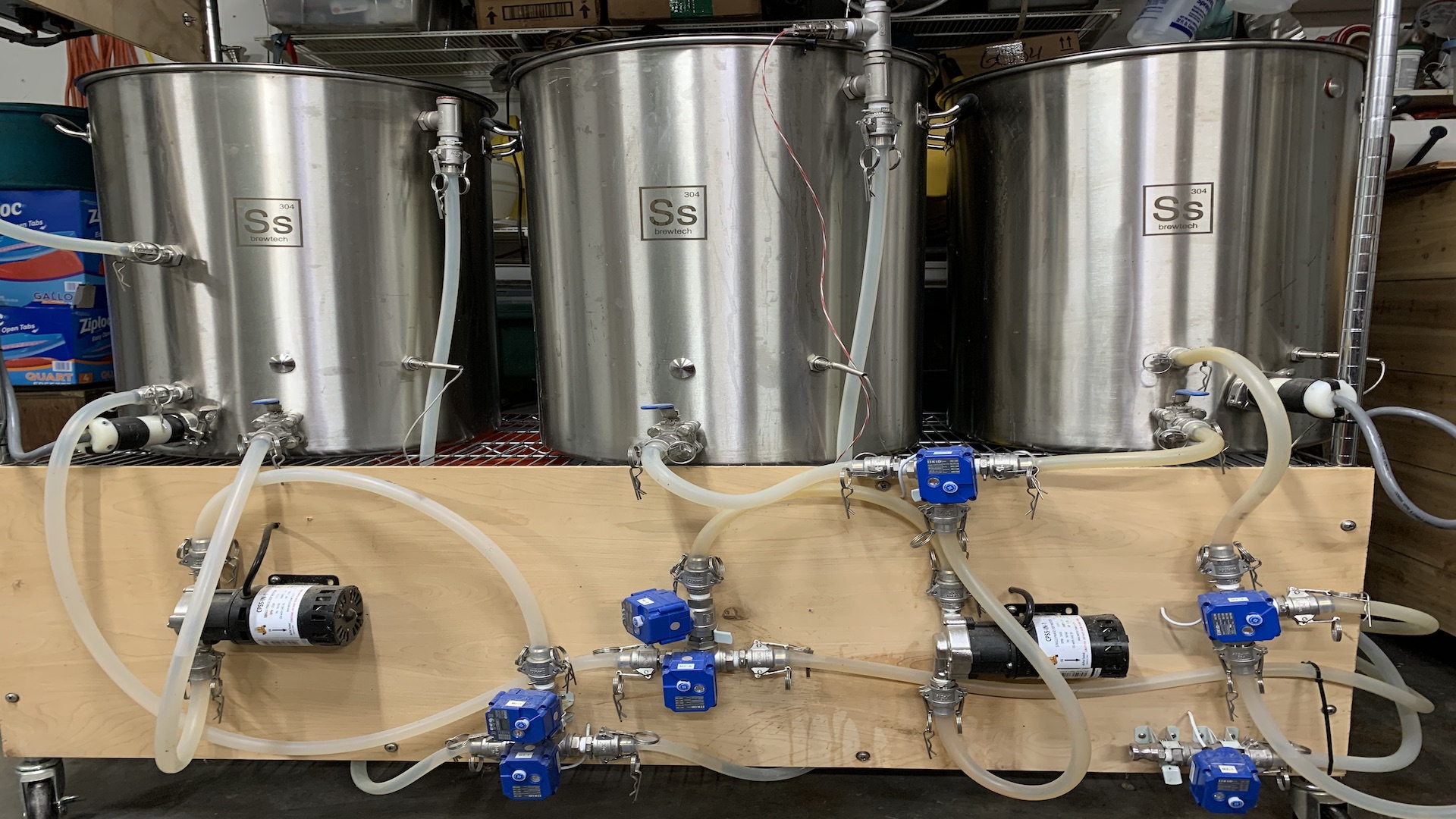You can basically ignore "LOAD". It just starts the script and pauses it. We will likely remove that button.
I do use that feature for troubleshooting (especially in nested 'if' loops when I do nto have enough endif's). If you had a need to remove, it, a possible alternative would be a command you could place in the first line of script that would pause and give the same function... you would still need the step function...















![Craft A Brew - Safale S-04 Dry Yeast - Fermentis - English Ale Dry Yeast - For English and American Ales and Hard Apple Ciders - Ingredients for Home Brewing - Beer Making Supplies - [1 Pack]](https://m.media-amazon.com/images/I/41fVGNh6JfL._SL500_.jpg)















































